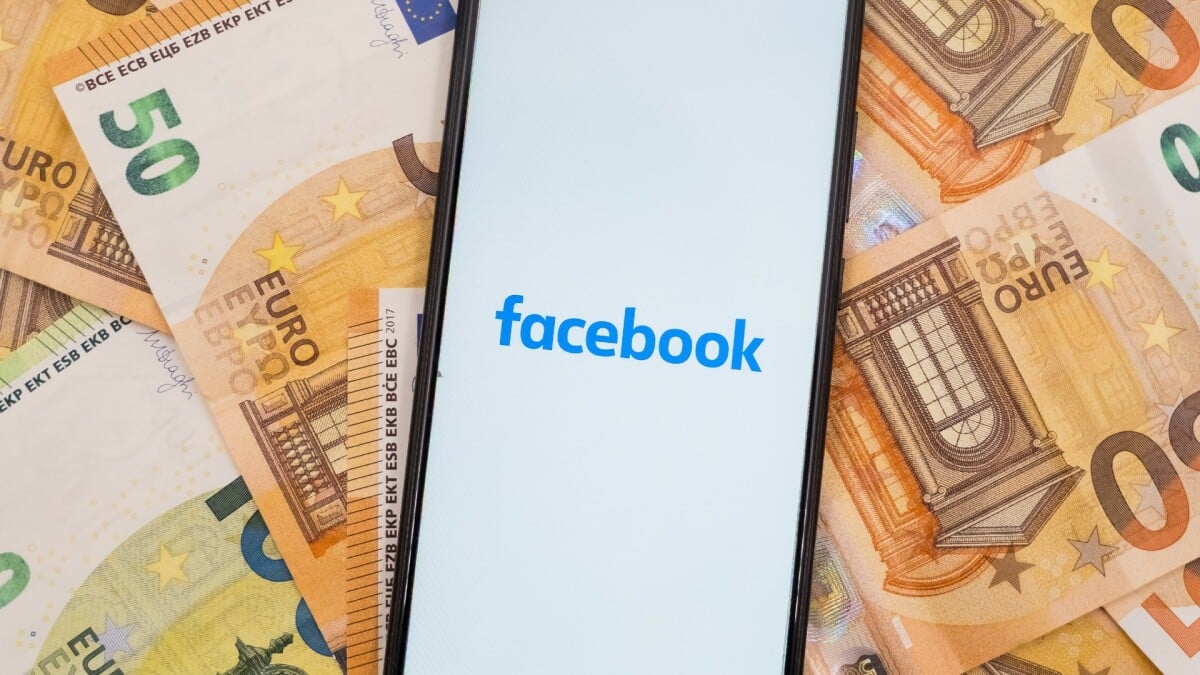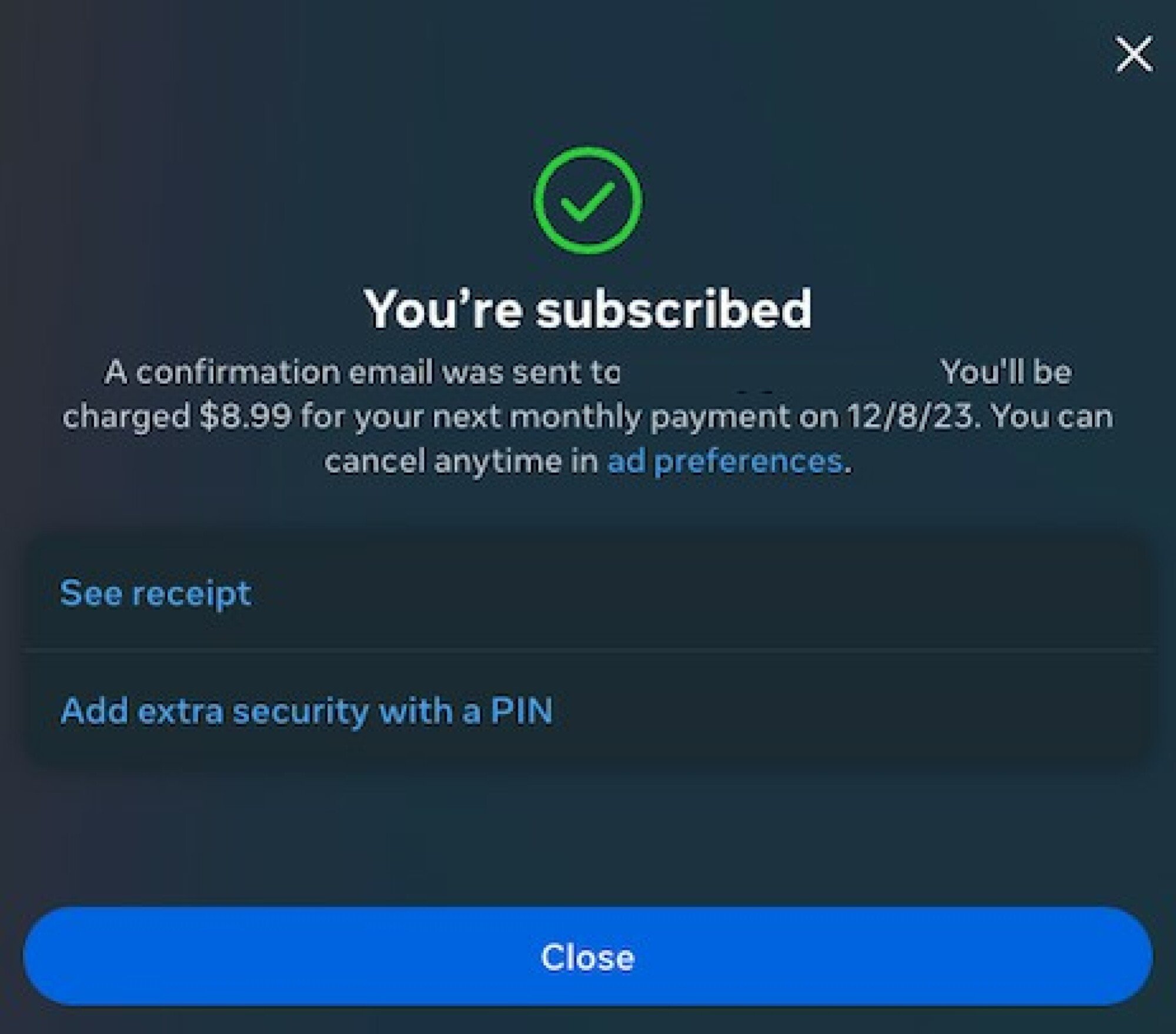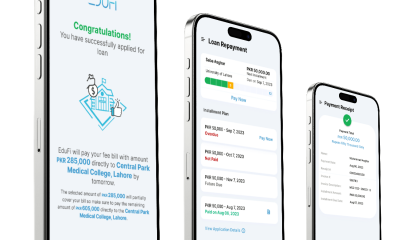Entertainment
I tried out Facebook’s ad-free tier. Here’s what it’s like.

It’s finally real.
After years of fake news and memes about Facebook starting to charge for Facebook, it actually happened, albeit only in Europe.
Here’s why: Pressed with new regulations in the European Union, Meta recently started offering an ad-free experience for Facebook and Instagram at €9.99 per month. It is entirely optional; you don’t have to pay for Facebook, and you can just keep going on as before. But now, you have the option to pay to stop seeing ads, if you so desire.
The weird thing about this is that Facebook very vehemently did not want this to happen. From the company’s announcement: “We believe in an ad-supported internet, which gives people access to personalised products and services regardless of their economic status (…) But we respect the spirit and purpose of these evolving European regulations, and are committed to complying with them.”
Yes, even though my Facebook feed is full of people complaining about the new pricing being sheer robbery, let me repeat this once again: You don’t have to pay, and Facebook doesn’t want you to.
This piqued my interest. I like to have options, and if a paid, ad-free tier is something that Facebook made available reluctantly, perhaps it’s worth trying out? As soon as I got the option, I purchased the subscription, and have now been using Facebook and Instagram for roughly a day sans ads. Here’s what the experience is like.
Why does Facebook hate this so much?
Before we go on, it’s worth touching on why, exactly, is Facebook against an ad-free subscription tier. It may seem more lucrative for the company to just take your money to keep using the service at all. But Facebook makes more money if it can serve ads from third-party businesses to its users very precisely, and it can only do that if most of its users actually do see ads.

Facebook’s old sign up page (pictured) used to say “it’s free and always will be.” As of 2019, this has been replaced by “It’s quick and easy.”
Credit: S3studio / Getty Images
With its monstrously huge user base of more than 3 billion people who share their life’s moments on Facebook, and a system that tracks these people even when they’re away from the platform, the company can give advertisers very precise data on who its users are and what type of ads they’re likely to react to. It’s gotten so good that many people suspect that the app listens to you talk and then serves you ads based on what you say. The company says it doesn’t do that, but it’s worth quoting its official note on the subject: “We understand that sometimes ads can be so specific, it seems like we must be listening to your conversations through your microphone, but we’re not.”
That’s Facebook’s product, and that’s what it’s selling to advertisers: it can serve ads so precise that it almost seems like it can read your mind. If people instead choose to do away with ads and go with a subscription instead, that product will no longer be as good.
Why does the EU want this so much?
It boils down to the use of your personal data. The EU holds the position that “the protection of natural persons in relation to the processing of personal data is a fundamental right.” Furthermore, if a company wants to process a EU citizen’s personal data in order to better serve them ads, it’s required to ask for their consent. But the question of what constitutes consent isn’t trivial; merely saying “you don’t have to use it if you don’t like it” to users is often not enough, especially if the company saying that holds a dominant position on the social network market.
One way for Facebook to give users a real choice with regards to their personal data being processed for the purpose of advertising is simply to not do it — if the customer pays a subscription fee. So that’s what Meta, and its subsidiaries Facebook and Instagram, chose to do.
How much is it, again, and where can you get it?
You can only purchase the ad-free Facebook subscription in the EU; it is not available in the U.S. yet. You might not care about being able to pay for something that you already have for free, but remember: this is about choice, and choice is always a good thing. Being a resident of the European Union (more precisely, Croatia), I was able to purchase the subscription.

Woo, I’m paying for Facebook now.
Credit: Stan Schroeder/Mashable
As for the price, it’s €9.99 ($10.70) per month if you purchase it through Facebook’s web version, and €12.99 ($13.91) per month on iOS and Android. There’s no benefit in purchasing the subscription on your phone, so just don’t do it.
It does get a little weird here, though. Facebook (its parent Meta, actually) only charged me $8.99 (yes, American dollars), which came out to €8.43. It’s unclear why the price was lower than advertised.
Furthermore, Facebook said that this initial subscription fee will cover all linked accounts in your Account Center. But starting March 1, 2024, an additional fee of €6/month on the web and €8/month on iOS and Android will apply for each additional account listed in your Account Center.
No ads, but lots of suggestions
After I purchased the subscription, Facebook warned me that it may take up to 24 hours for ads to stop showing. It happened a lot earlier than that, and the difference was noticeable, especially on Instagram, which is typically infested with a ton of ads. The change may not be apparent right away; after all, Facebook and Instagram’s ads aren’t as intrusive as YouTube ads, and it’s easy to scroll past them. But over time, I felt that I saw less irrelevant content, and more of the stuff that I actually had wanted to see.
It also felt good to actually be in control for once. After being a user of both Facebook and Instagram for well over a decade, and never having much of a say over the ads I see on there, it was oddly liberating to be scrolling through my feed knowing that I wouldn’t see a single ad.
However, and it pains me to say this, the experience wasn’t drastically different than before. The main reason is that both Facebook and Instagram kept showing the “Suggested for you” posts in the default feeds, and while Meta may not classify them as “ads,” (Facebook specifically says they’re “not paid for,”) they still feel like ads, and they’re often completely irrelevant to my interests.
For example, as I fired up Instagram this morning, this is what I saw: one post from someone I follow. Then a horizontal, expandable strip of “Suggested for you” pages. Then another post from someone I follow. Then a “Suggested for you” post, with a meme that I did not particularly relate to. Then another post from someone I follow. Then another “Suggested for you” post. Then a bunch of “Suggested” reels. You get the idea.

This post was suggested to me. Why? No idea. I can click on the “x” to get rid of it, but another one will show up eventually.
Credit: Facebook
Facebook was a little better, but it, too, served a bunch of suggested posts, sometimes relevant, sometimes not. And while you can shoo these away individually, or switch to a different view (which you have to do every time you start the app) there’s no way to get rid of them completely.
What are we paying for here?
This brings me to another important point: Besides the removal of ads, I saw zero additional benefits from my subscription. As a paying customer, I can’t get rid of suggested posts, nor do I get more control over them than before. I also don’t get to set my Facebook News Feed to chronologically display content posted by my friends (both subscribers and non-subscribers can do that by going to Menu - Feeds, but they can’t set it as the default view in the app).
Every step of the way, it’s glaringly obvious that the €9.99 monthly subscription is not something Meta actually wants people to buy. The company complied with the EU’s regulation and removed the ads (if you don’t count suggested posts as ads), but it added no additional features or benefits for subscribers.
This is in contrast to what Elon Musk’s X/Twitter has done with its subscription tier, where the company keeps piling on new features for subscribers and removing them for those who don’t pay. A middle of the road approach would probably be greatest for users, but neither company seems to care very much about giving its users exactly what they want.
Should you buy Facebook’s ad-free subscription?
I suspect that the number of users opting for the ad-free tier will be fairly small. Facebook didn’t do much to make the experience a lot better than the free tier, and people who don’t like Meta messing with their personal data will likely opt out of using its apps completely (or have already done so).
If you’re someone that uses Facebook and Instagram daily, but you’re concerned about Meta constantly monitoring what you do (both on and off its sites) for the purpose of advertising, you should still consider paying the monthly fee. If nothing else, it gives you some peace of mind. But know that it’s not exactly a great deal.
I will keep my Facebook and Instagram ad-free for now. I like the fact that I have more control over how my personal data is used. Every user should decide for themselves whether this is worth paying for. But the fact that I still don’t have full control over my feed is worrisome, and it certainly would be nice if Facebook sweetened the deal by adding some additional benefits down the road.
-

 Business7 days ago
Business7 days agoHow engineering leaders can use AI to optimize performance
-

 Business5 days ago
Business5 days agoWeWork, once valued at $47 billion, files for bankruptcy
-

 Entertainment5 days ago
Entertainment5 days agoiPhone 15 Pro Max vs. Pixel 8 Pro camera comparison: the results shocked me
-

 Business5 days ago
Business5 days agoIn Mamaearth, Peak XV finds its fourth 10x return since Sequoia separation
-

 Business3 days ago
Business3 days agoPrime members can now get a One Medical membership for $9/month
-

 Business4 days ago
Business4 days agoNintendo confirms live-action Zelda movie is in the works
-

 Business6 days ago
Business6 days agoThe circular economy promises to remake retail. Why is it so hard to trust?
-

 Business5 days ago
Business5 days agoGenerative AI shouldn’t reduce your startup’s marketing headcount


























